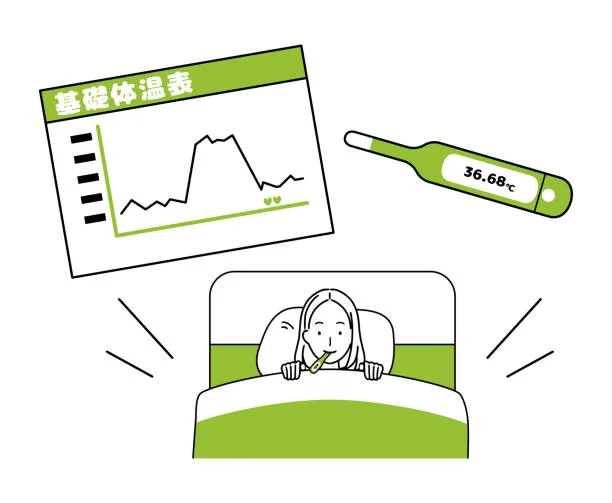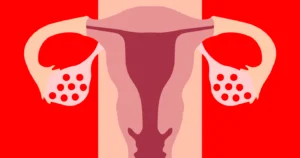What is Basal Body Temperature (BBT)?
Your basal body temperature (BBT) is the temperature you have when you’re completely relaxed. A small rise in basal body temperature may occur during ovulation.
During the two to three days before your fever increases, you’ll be most fertile. You might be able to anticipate when you’ll ovulate if you keep track of your basal body temperature every day. This could help you figure out when you’re most likely to get pregnant.
If you’re trying to conceive, the basal body temperature approach might help you figure out the optimal days to have intercourse. If you want to avoid getting pregnant, you can use the basal body temperature approach to determine which days you should avoid unprotected sex.
The basal body temperature approach may not provide enough warning time to prevent conception effectively. This strategy is frequently used in conjunction with other reproductive awareness-based methods to avoid pregnancy.
Before ovulation, most women’s basal body temperature ranges from 97 to 97.5 degrees Fahrenheit; following ovulation, it normally ranges from 97.6 to 98.6 degrees Fahrenheit. Other factors, however, can influence basal body temperature:
- Stress.
- Travel.
- Sleep deprivation.
- Indigestion.
- Exercise.
- Having a sexual encounter.
- Alcohol and/or drugs.
- Sleep deprivation or disrupted sleep patterns.
- Medications and medical conditions.
Everyone has a distinct normal basal body temperature, and measuring it for a few months can help you figure out yours – both before and after ovulation.
Why is it done?
By assisting you in determining the optimal days to have or avoid unprotected sex, basal body temperature can be used to forecast fertility or as part of a contraception technique.
It is affordable and has no side effects to monitor your basal body temperature for fertility or contraception. For religious reasons, some women may want to use the basal body temperature approach.
The approach of measuring basal body temperature can also be used to determine pregnancy. A spike in basal body temperature that lasts 18 days or more after ovulation could be an early sign of pregnancy.
The basal body temperature approach is frequently paired with the cervical mucus method of natural family planning, in which cervical secretions are monitored during the menstrual cycle. You can also use an electronic fertility monitor to check hormone levels in your urine, which can help you figure out when you’re fertile.

How should you be taking the Basal Body Temperature (BBT)?
When measuring your basal body temperature, one important guideline to remember is to take it under the same conditions every day. Typically, women take their basal body temperature first thing in the morning before getting out of bed to ensure consistency throughout the day. Here’s how to go about it:
- Take your temperature:
Before you get out of bed to urinate, put your contacts in, or even press the snooze button, take your basal body temperature orally with a normal thermometer.
- Make a note of your findings:
Make a note of the figure in a diary, on a chart, or in any other format you want. Some people use graph paper to track their basal body temperature, while others utilise charting apps made expressly for this purpose.
- Consistency is key:
Record your basal body temperature on a daily (or as frequently as feasible) basis, preferably at the same time each day. If you’re travelling or if you drank the night before, don’t monitor because your results will be distorted.
- Keep an eye out for a temperature increase:
Keep an eye out for a 0.4-degree temperature rise. You’ve most certainly ovulated and entered the second phase of your menstrual cycle if your temperature has been high for three days.



